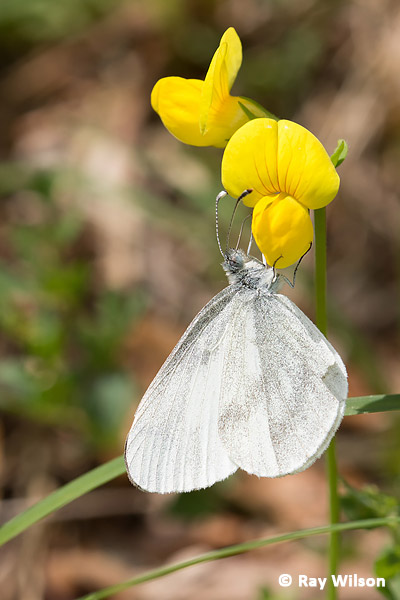
- Home
- Photography Tours
- Diary / Blog
- Galleries
- Foreign Trips
- Tasmania 2016
- NE Queensland 2016
- Western Alps 2016
- NE Spain 2016
- Australia's Wet Tropics 2015
- Australia's Top End 2015
- SW Australia 2015
- Switzerland 2015
- Andalucia 2015
- Belize 2015
- Australia 2014
- Switzerland 2014
- Belize 2014
- Bahama Islands 2014
- Switzerland 2013
- Ecuador 2012-2013
- Florida 2011-2012
- Vancouver Island 2011
- Australia 2010
- Peru 2008
- Bulgaria 2007
- Lesvos 2006
- California 2006
- New Zealand 2005
- Extremadura 2005
- Goa, India 2004
- The Gambia 2003
- About
June 2015
16th-30th June 2015
Switzerland Part 1
: Vaud
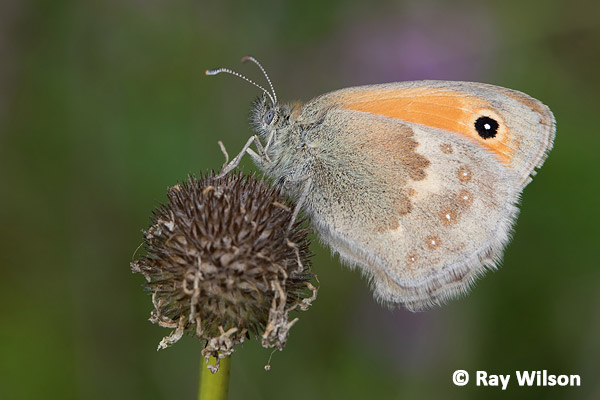
Small Heath (Coenonympha pamphilus)
My arrival in Switzerland was delayed by a couple of weeks due to unforeseen circumstances so I missed the peak flowering season in the lowlands this year. There were, however, loads of butterflies to photograph...
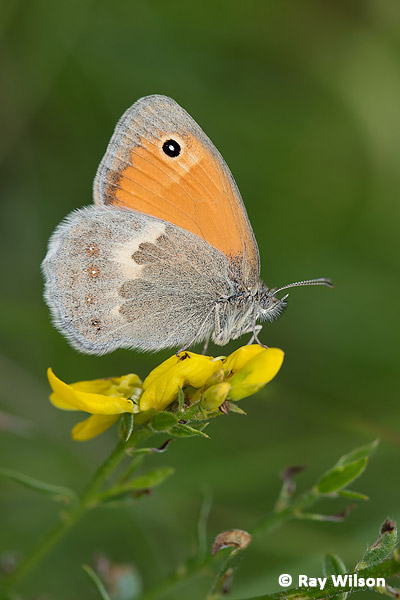
Small Heath (Coenonympha pamphilus)
Small Heath is a very common and widespread species. Like many of the "browns", they always rest with their wings folded, so getting a photo of their upperwings is next to impossible.
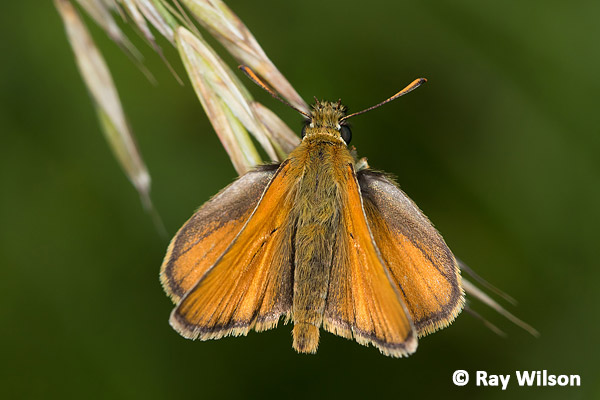
Small Skipper (Thymelicus sylvestris)
Other very common species in the open meadows included Small Skipper and Heath Fritillary.
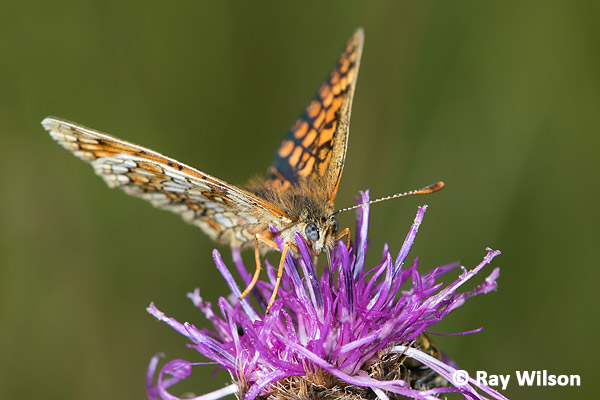
Heath Fritillary (Melitaea athalia)
Several species of Forester (below left) occur in Switzerland. These day-flying members of the burnet moth family (Zygaenidae: Procridinae) are all very similar with uniform, bright, metallic green body and wings.
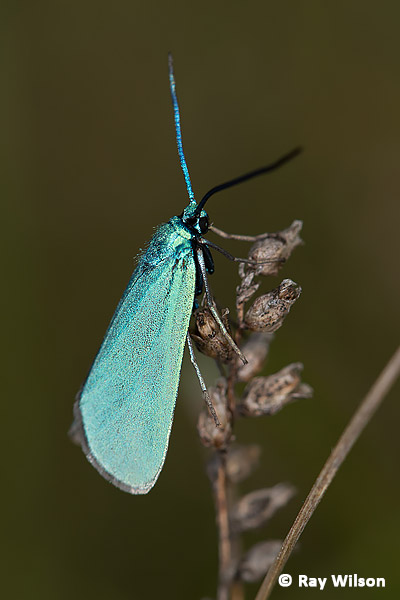
Forester sp. (Procridinae sp.) |
Identification of the Wood White complex has recently become even more problematic in Europe with the discovery of a third species, Cryptic Wood White. This new species appears to replace Real's Wood White (L. reali) in Switzerland and is reported to account for around 25% of the Wood Whites in the country. The new species is extremely similar to both Wood White and Real's Wood White and can only reliably be identified by an examination of their internal genitalia, although some experts have proposed that minor differences in the curvature of the post-discal grey line may be enough to separate some individuals into their respective species.
Wood White and Cryptic Wood White can both be found flying along woodland glades and roadside verges and meadows bordering woodland where their small size and distinctive shape make them easy to separate from all other Whites.
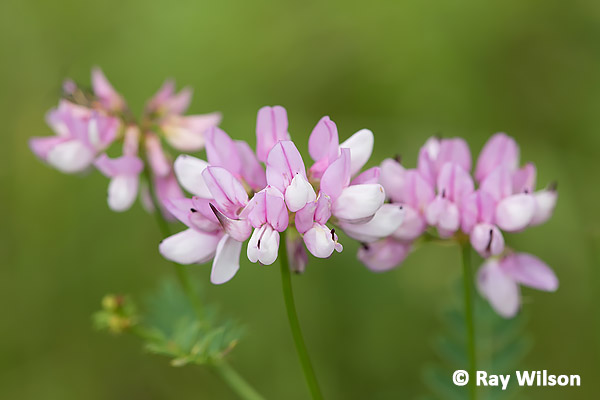
Crown Vetch (Securigera varia)
While the flowering season for most of the wildflowers in the lowland (<500m) meadows was pretty much over, Crown Vetches were at their peak and provided a welcome splash of colour and in some places formed fairly dense carpets of pink.
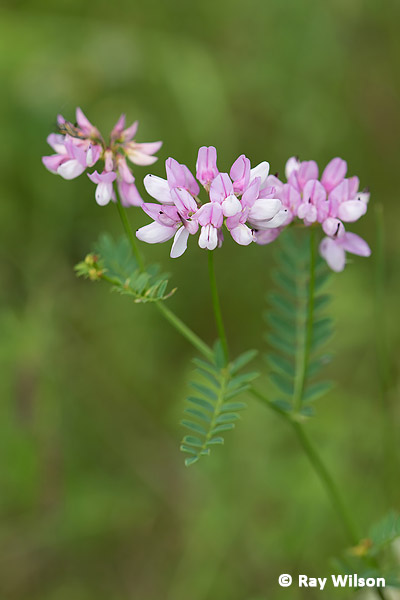
Crown Vetch (Securigera varia) |
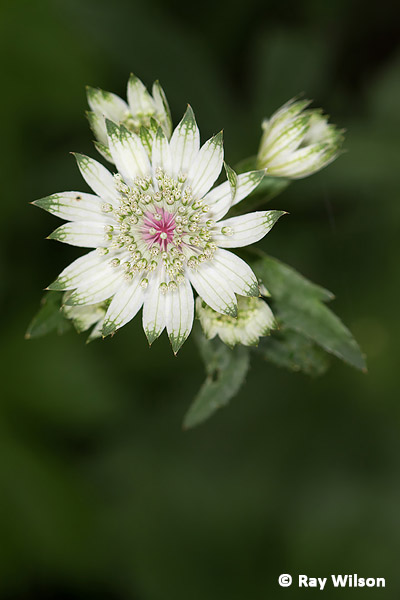
Astrantia (Astrantia major) |
One of the advantages of visiting the Alps is the flowering season gets later and later the higher you go. If you have missed the flowering season for one species in the lowland meadows, you can often find them at their peak simply by climbing to a higher altitude. Of course, you won't find all the species that occur at the lower altitudes, as some species have very particular requirements, but you will at least find many of the commoner species still in full bloom, such as the orchids below.
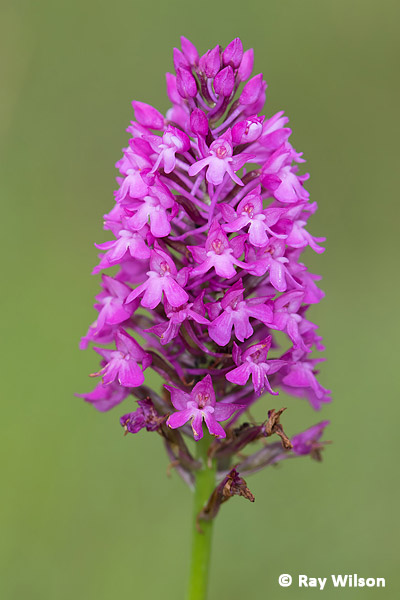
Pyramidal Orchid (Anacamptis pyramidalis) |
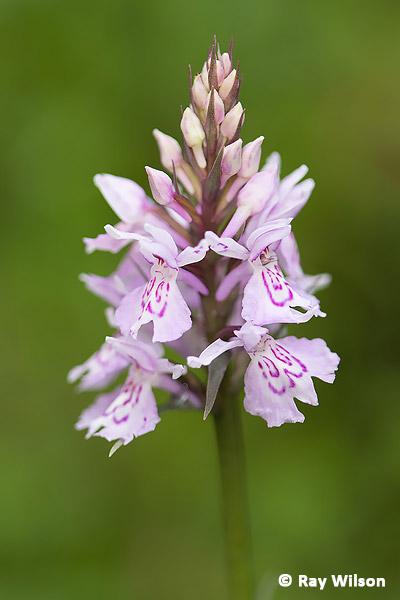
Heath Spotted Orchid (Dactylorhiza maculata) |
The carnivorous Purple Pitcher Plants found in the marshy clearings at Les Pleiades, near Montreux, are not native to Europe and originate from south-eastern USA. Like all pitcher plants, they derive most of their required nutrients from digesting the insects that become trapped in their specially-adapted, fluid-filled, pitcher-like leaves.
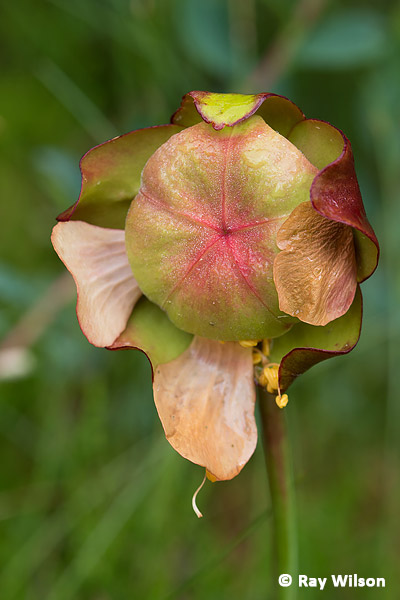 |
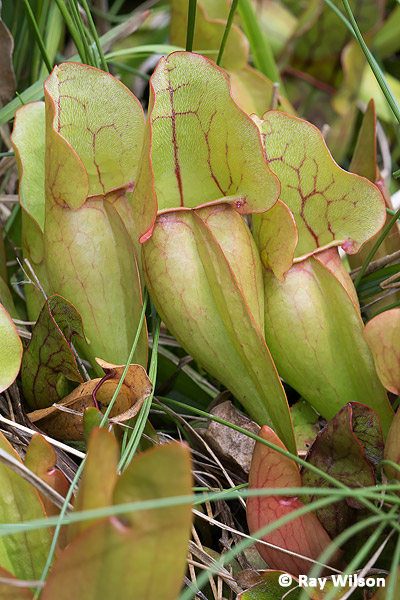 |
Purple Pitcher Plant (Sarracenia purpurea)
The marshy woodlands at Les Pleiades seem to suit their requirements very well, as they are pretty much the dominant species in some of the clearings...

Purple Pitcher Plant (Sarracenia purpurea)
The Mountain Pines bordering the marshy glade where the pitcher plants were growing were also in full flower. This species of pine is common throughout the Alps at altitudes above 1000m.
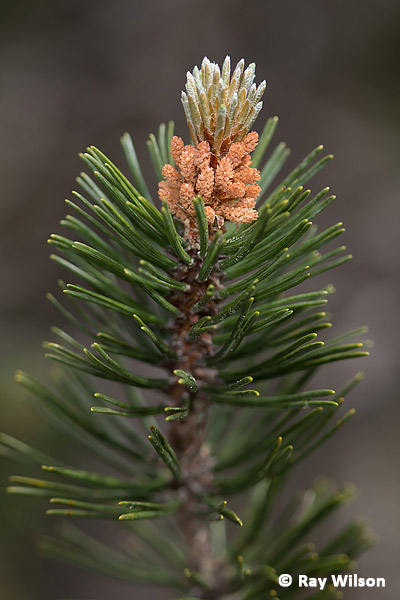
Mountain Pine (Pinus mugo)
Ray Wilson owns the copyright of all images on this site.
They may not be used or copied in any form without prior written permission.
raywilsonphotography@googlemail.com
